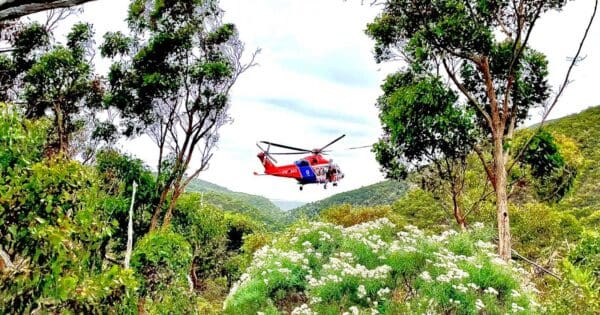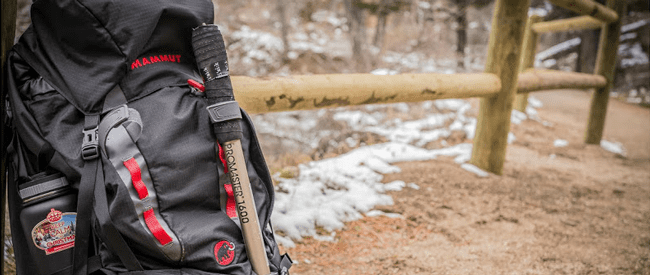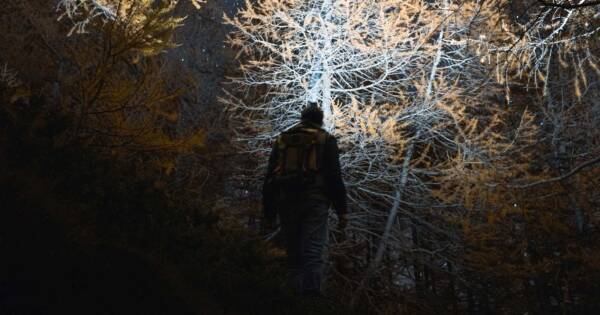Bushfires are a natural part of the Australian landscape, but they can pose a serious threat to hikers if not taken seriously. While the risk of being caught in a bushfire is relatively low, the consequences can be devastating. That’s why it’s important to be aware of the risks and to take steps to stay safe. I hope these tips help.
Before you head out
- Check the fire danger rating and Total Fire Ban (TFB) days. If the rating is high or extreme, or if there is a TFB in place, consider postponing your hike.
- Be aware of the weather conditions. Hot, dry, and windy conditions can increase the risk of bushfires.
- Plan your route carefully. Choose a route that has plenty of escape options in case of a fire. Avoid hiking in areas with dense vegetation or heavy fuel loads.
- Let someone know where you’re going and when you expect to be back. This could be a friend, family member, park ranger or an online trip intentions form.
- Carry a personal locator beacon (PLB), satellite phone or satellite communicator. A PLB or satellite communication device can help rescuers find you if you become lost or injured.
- Pack a bushfire survival kit. This should include items such as a first aid kit, water, food, a torch, a whistle, and a sturdy pair of shoes.
- Be aware of the local fire history. Some areas are more prone to bushfires than others. If you’re hiking in an area with a history of bushfires, be extra vigilant.
- Consider joining a bushwalking club or group. Hiking with others can provide companionship and support in case of an emergency.
On the trail
- Be aware of your surroundings. Look for signs of fire, such as smoke or haze.
- Stay on the trail. This will help you to avoid getting lost and to stay away from potential fuel sources.
- Be mindful of your campfire. If you do build a campfire, make sure it is completely extinguished before you leave.
- Don’t smoke in bushland. Smoking is a major cause of bushfires.
- Be aware of the changing conditions. If the weather conditions change for the worse, be prepared to take action.
- Leave no trace. This means packing out all of your rubbish and extinguishing any campfires.
If you see a fire
- Leave the area immediately. Do not try to outrun a fire.
- Find a safe place to shelter, such as a large rock or a creek. If you are unable to find shelter, lie face down on the ground and cover your mouth and nose with a damp cloth.
- If you have mobile coverage, call 000 (or the relevant emergency number in your area).
- Stay informed about the latest fire conditions. Listen to the radio if you have one or check online for updates of you have internet coverage.
Additional tips
- Wear long sleeves and pants made from natural fibers. This will help to protect your skin from the heat of the fire.
- Cover your mouth and nose with a damp cloth. This will help to filter out smoke and ash.
- Drink plenty of water. This will help to keep you hydrated and prevent heat exhaustion.
- Stay calm. If you do become caught in a bushfire, it is important to stay calm and to think clearly. This will help you to make the best decisions for your safety.
By following these tips, you can help to reduce your risk of being caught in a bushfire. But remember, the best way to stay safe is to be aware of the risks and to be prepared to take action if necessary.
In addition to the above, it is also important to be aware of the following:
- The direction of the wind. This will help you to determine the direction in which the fire is likely to travel.
- The topography of the area. This will help you to identify potential escape routes.
- The flammability of the vegetation. Some types of vegetation are more likely to burn than others.
By being aware of these factors, you can make informed decisions about how to stay safe in the event of a bushfire. Remember, bushfires can move quickly and unexpectedly. If you are caught in a bushfire, the most important thing is to stay calm and to take action to protect yourself.
Avoiding areas after a bushfire
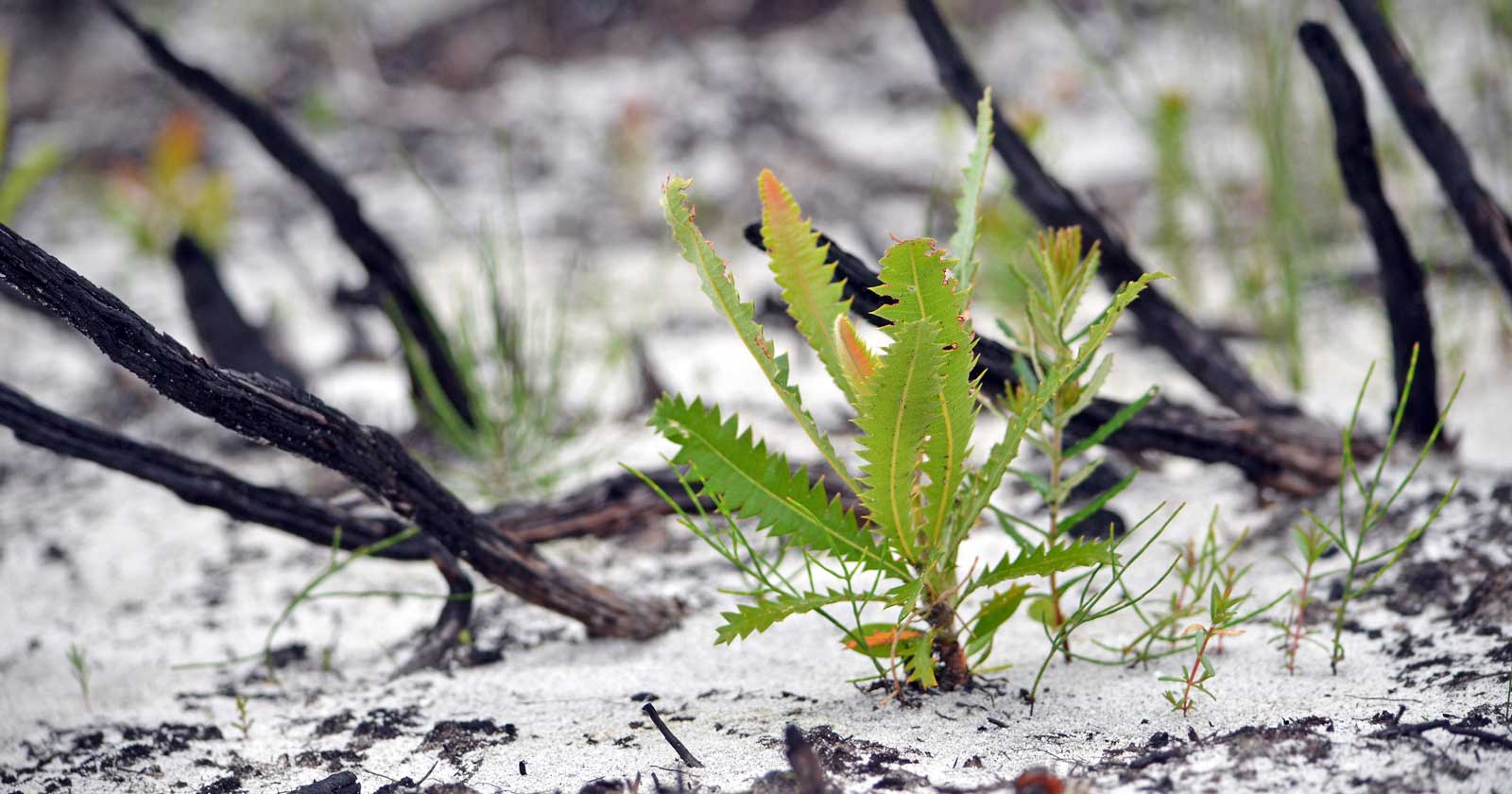
- If the area is closed, do not enter. Closed areas are closed for a reason. Entering a closed area could put you at risk and could also hinder recovery efforts.
- If the area is open, but there are still signs of fire damage, consider avoiding it. The area may not be safe and the experience may not be enjoyable.
- If you are unsure about the safety of an area, err on the side of caution and avoid it.
In general, it is best to wait at least 12 months after a bushfire before hiking in the affected area. This will give the environment time to recover and will reduce the risk of encountering hazards.
If you do decide to hike in an area after a bushfire, be sure to follow the advice above and to take all necessary precautions.
Hiking in areas after a bushfire
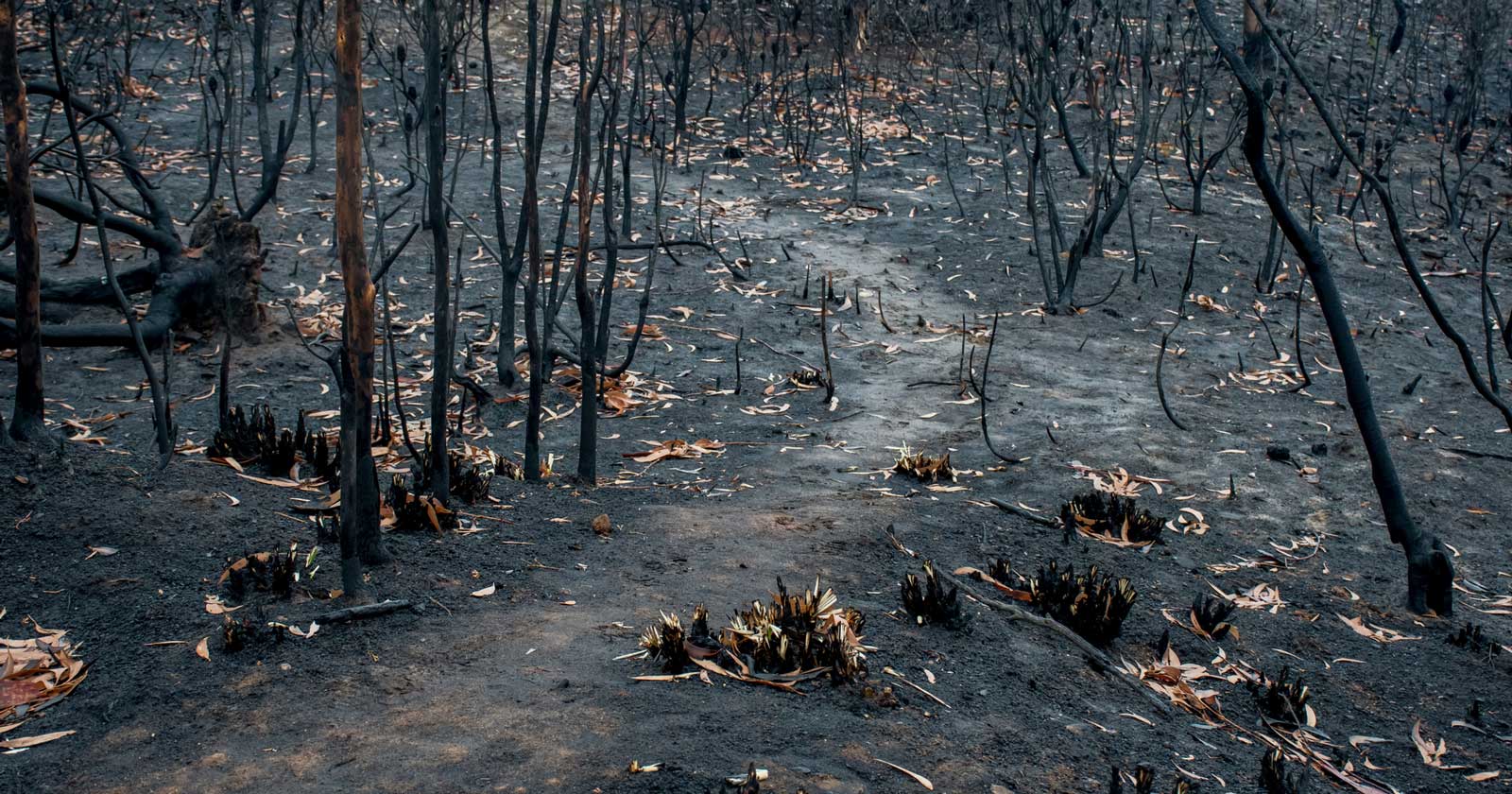
- Check the status of the area. Before you head out, make sure that the area you want to hike in is open and safe. You can find this information on the relevant park or forest management website.
- Be aware of the hazards. Bushfires can leave behind a number of hazards, such as fallen trees, unstable ground, and ash and debris. Be prepared to encounter these hazards and take appropriate precautions.
- Wear appropriate clothing and footwear. Long sleeves and pants will help to protect your skin from scratches and burns. Sturdy shoes or boots will provide good traction on uneven ground.
- Carry a map and compass or GPS device. This will help you to stay oriented if you become lost.
- Let someone know where you’re going and when you expect to be back. This could be a friend, family member, or park ranger.
- Be aware of the changing conditions. The weather can change quickly in the aftermath of a bushfire. Be prepared for rain, wind, and dust storms.
- Take your time and be patient. Hiking in a post-bushfire environment can be slow going. Be prepared to take your time and to navigate around obstacles.
- Respect the environment. Be mindful of the impact you are having on the recovering ecosystem. Avoid littering and stay on the trail.
What is a bushfire survival kit?
A bushfire survival kit is a collection of items that can help you survive in the event of a bushfire. The contents of a bushfire survival kit will vary depending on the individual and the environment they are hiking in, but some common items include:
- Water: At least 2 liters per person per day.
- Food: Non-perishable foods that are high in energy, such as granola bars, trail mix, and dried fruit.
- First aid kit: Including bandages, antiseptic, pain relievers, and any medications you may need.
- Shelter: A bivvy sack, emergency blanket, or tarp can provide shelter from the elements.
- Fire starter: Matches, a lighter, or a flint and steel can be used to start a fire.
- Navigation tools: A map, compass, or GPS device can help you find your way if you become lost.
- Communication device: A personal locator beacon (PLB), satellite communicator, or two-way radio can be used to call for help. Just be aware of their limitations.
- Sun protection: Sunscreen, a hat, and sunglasses can help protect you from the sun’s harmful rays.
- Insect repellent: Insect repellent can help protect you from mosquitoes and other biting insects.
- Knife or multi-tool: A knife or multi-tool can be used for a variety of tasks, such as building shelter, starting a fire, and preparing food.
- Torch or headlamp: A torch or headlamp can provide light in the dark.
- Whistle: A whistle can be used to signal for help.
- Garbage bag: A garbage bag can be used to collect water, store food, or create a makeshift shelter.
In addition to these items, it is also important to wear appropriate clothing for hiking in bushfire-prone areas. This includes long sleeves, pants, and sturdy shoes. It is also a good idea to carry a hat and sunglasses to protect your head and eyes from the sun. By being prepared with a bushfire survival kit, you can increase your chances of surviving a bushfire if you are caught in one.
In short, bushfires are a thing in Australia, and they can be dangerous for hikers. But if you’re aware of the risks and take steps to stay safe, you’ll be much better off. Before you head out, check the fire danger rating and Total Fire Ban (TFB) days. If it’s high or extreme, or if there’s a TFB, maybe hold off on your hike. Also, be aware of the weather, plan your route carefully, and let someone know where you’re going and when you expect to be back. On the trail, keep an eye out for signs of fire and stay on the trail. Be mindful of your campfire, and don’t smoke in bushland. If you see a fire, get out of there ASAP and find a safe place to shelter.
By following these tips, you can take important steps to protect yourself and the environment from the dangers of a bushfire.
